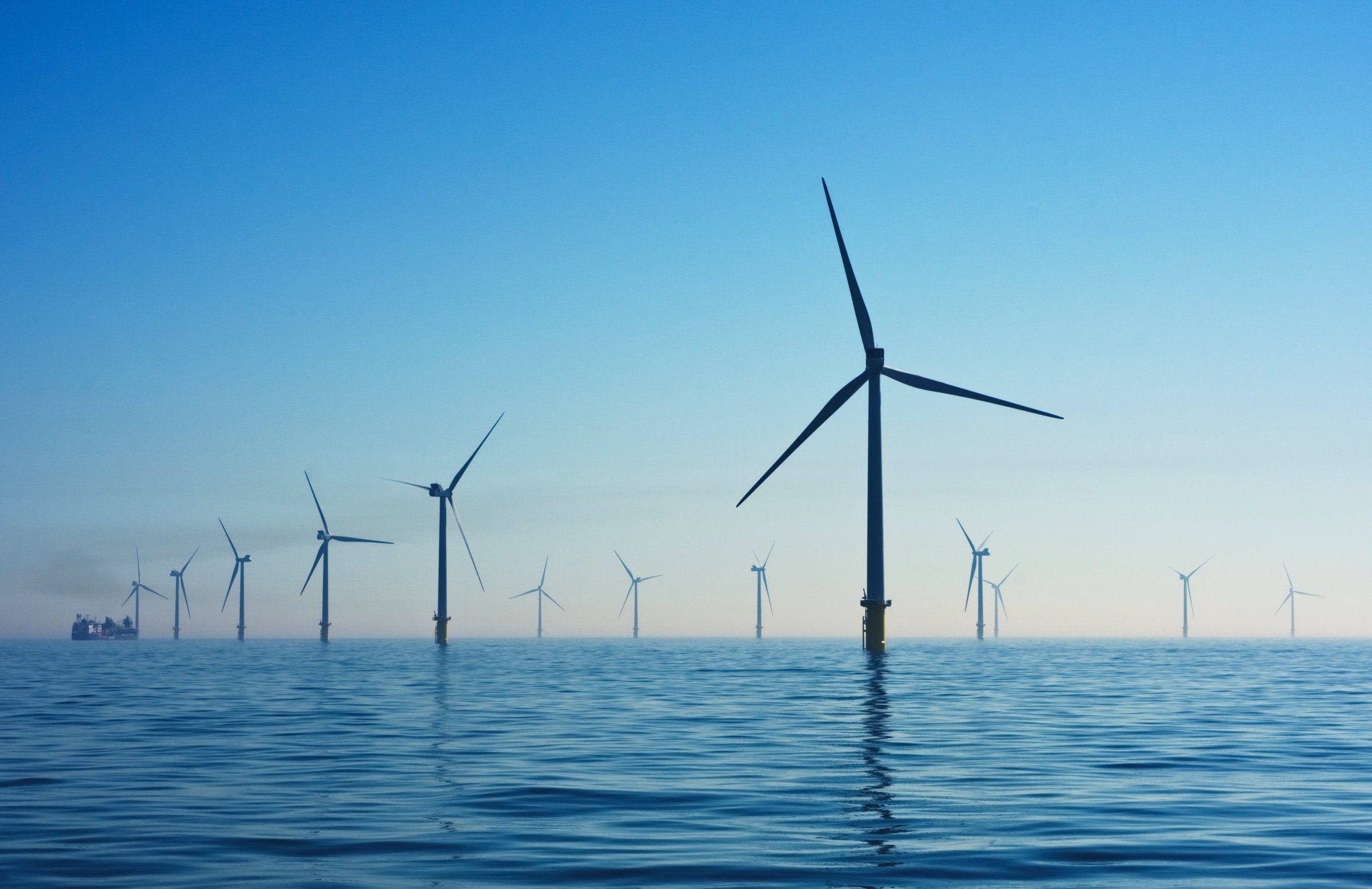Most scientists suggest there is time for the world to come together and take the necessary steps to bring emissions to sustainable levels. To move forward, we need to understand the shift in worldwide ecosystems. Weather is getting more random and extreme, and the global average temperature is slowly climbing. With this in mind, it is crucial to understand the changes we can already see and develop a plan of action for mitigating adverse effects.
Sea stratification has emerged due to temperature changes.
When the season changes to spring, some waters separate into two layers. The top layer is warmed by exposure to the sun, while the bottom remains cold.
This warm top layer causes a seasonal blooming of microscopic algae called phytoplankton, which takes quite a toll by quickly draining the abundance of nutrients present in these waters. Since a large variety of marine life feeds off of this phytoplankton, the overconsumption of nutrients and subsequent dying off of these microorganisms can lead to a total collapse of that food chain. The only way to prevent such systemic loss is by mixing with the nutrients from the waters below, which doesn’t often happen in these areas.
Recent observation shows that offshore turbines might be an unlikely ally in this battle for marine biodiversity. Though wind power is almost universally regarded as a key power source for the future, one commonly parroted downside is that the installation of offshore turbines has the potential to disrupt these ecosystems. Critics have a right to be concerned– after all, construction projects causing an environmental disturbance are not at all uncommon– however, recent studies show that turbines have the opposite effect on underwater ecosystems, particularly those that have stratified waters.
As offshore turbines have become more common, new evidence shows that these installations tend to promote the mixing of stratified waters. The foundation of these turbine structures creates a wake, which then mixes the cold water full of “marine snow”, a nutrient-rich substance composed of dead biological matter like plants, carcasses, and feces that has sunk below shallower waters. These nutrients can then sustain the upper layer of the ecosystem once all remaining phytoplankton have been exhausted.
Sea stratification is currently only an issue for less than 10 percent of all ocean waters, although its severity is expected to increase. In that event, it’s comforting to know that we have a way of keeping these ecosystems alive, all while creating renewable energy to sustain nearby communities. Very rarely in energy discussions is it possible to kill two birds with one stone– or in this case, save a million fish with one turbine.





